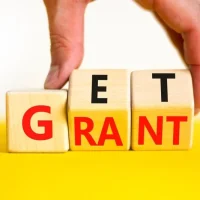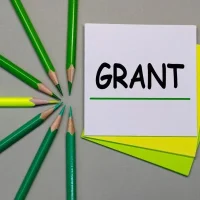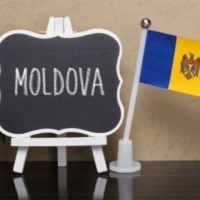Deadline: 09 Nov 2020
MIT Solve is seeking applications for the Reimagining Pathways to Employment in United States (US) Challenge.
Across the US, now more than ever, workers are experiencing unprecedented levels of instability, with many people facing unemployment or struggling financially in low-paying, temporary, or part-time jobs. Long standing racial and gender injustices in the US continue to hinder the education, employment, and earning potential of Black, Indigenous, Latinx, and other historically marginalized communities.
Four-year degree enrollment has significantly increased over the past few decades, but so has student debt—ballooning to $1.5 trillion in 2019. Too many students do not graduate, while others learn skills that are misaligned with the fastest growing professions of the new economy. Meanwhile, there are still many careers—from nursing and elderly care to plumbing and information technology—that do not require four-year degrees. Many of these professions have vacancies that go unfilled due to employer-reported lack of skilled labor.
The nature of work is constantly changing—and has been complicated by massive economic disruptions, including Covid-19, and technologies such as artificial intelligence and automation. Many workers will need to continually learn new skills that are adapted for the jobs of today and tomorrow. Education systems and employers will also need to coordinate more closely to match demand and address growing inequities.
The good news is that innovation and technology also create new opportunities for workers. All across the US, tech entrepreneurs, community colleges, vocational schools, and employers are reimagining pathways to employment that are fairer and more inclusive.
This Challenge—powered by MIT Solve, the Morgridge Family Foundation and New Profit—seeks the most promising solutions that accelerate pathways to current and future employment across the US. Solutions that focus on non-coastal states, US interior regions, and/or racial justice are encouraged to apply. To that end, they seek solutions that:
- Drive resources and support to Black, Indigenous, and Latinx entrepreneurs and innovators, who receive a fraction of funding in both the nonprofit and for-profit sectors, despite their frequent proximity to workforce challenges and the systems-focused solutions needed to solve them.
- Increase access to high-quality, affordable learning, skill-building, and training opportunities for those entering the workforce, transitioning between jobs, or facing unemployment.
- Enable learners to make informed decisions about which pathways and jobs best suit them, including promoting the benefits of non-degree pathways to employment.
- Implement competency-based models for life-long learning and credentialing.
- Match current and future employer and industry needs with education providers, workforce development programs, and diverse job seekers.
Funding Information
- Prize Funding + Available Support for the Reimagining Pathways to Employment in the US Challenge up to US$625,000 in prize funding is available for the Reimagining Pathways to Employment in the US Challenge.
- The Morgridge Family Foundation and New Profit are especially interested in solutions that benefit the non-coastal and US interior regions.
- The Reimagining Pathways to Employment in the US Challenge is open to solutions that have at least a working, tested prototype that are:
- Currently deployed in at least one US state
- Operating in another country, but have plans to expand to at least one US state
- Alignment: The solution addresses the challenge that has been set forth.
- Potential for Impact: The planned solution implementation has the potential to impact lives and drive economic growth nationally.
- Scalability: The solution can be scaled to affect the lives of more people.
- Feasibility: Solution implementation is feasible, and the team has a plan for financial sustainability.
- Innovative Approach: This is a new solution, a new application of a solution, a new business model, or a new process for solving the challenge, and the team clearly identifies its competitive advantages (e.g. intellectual property).









































